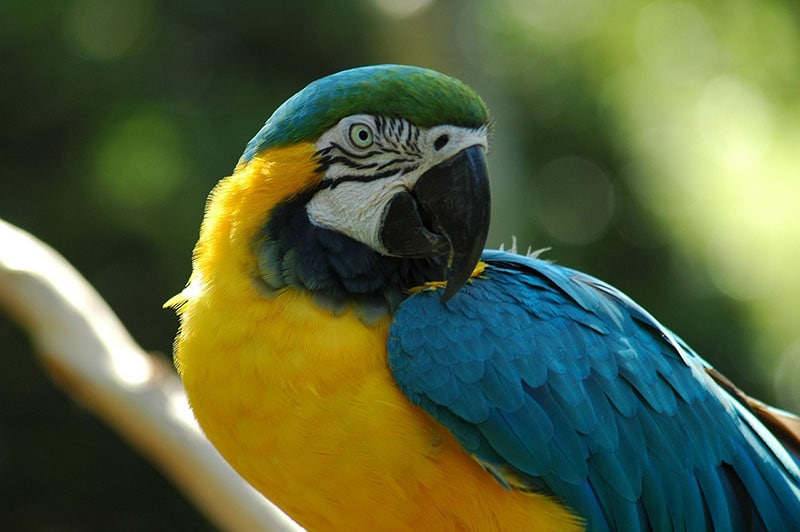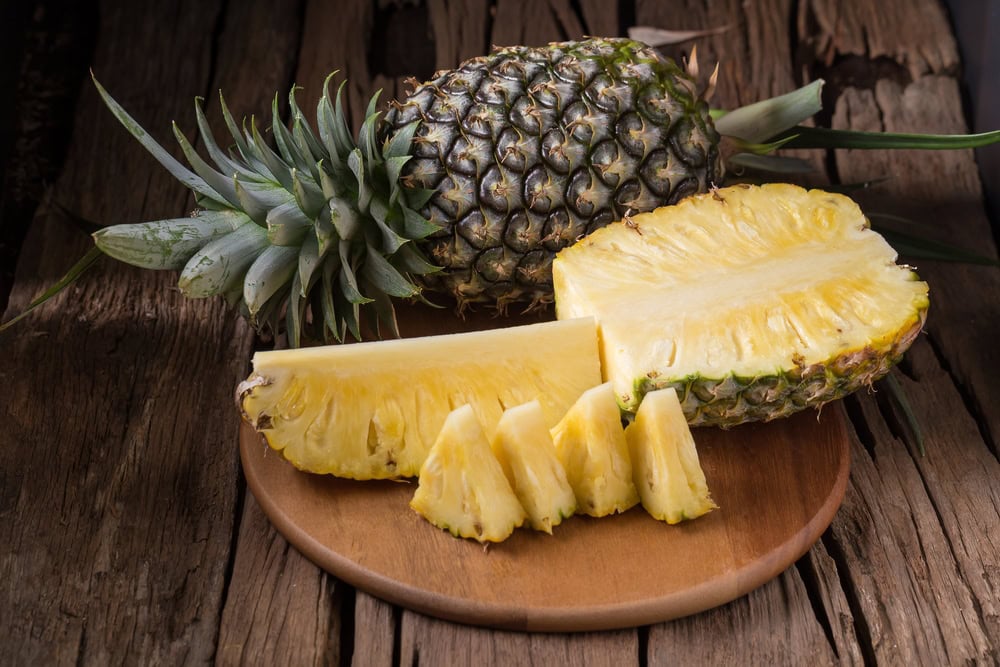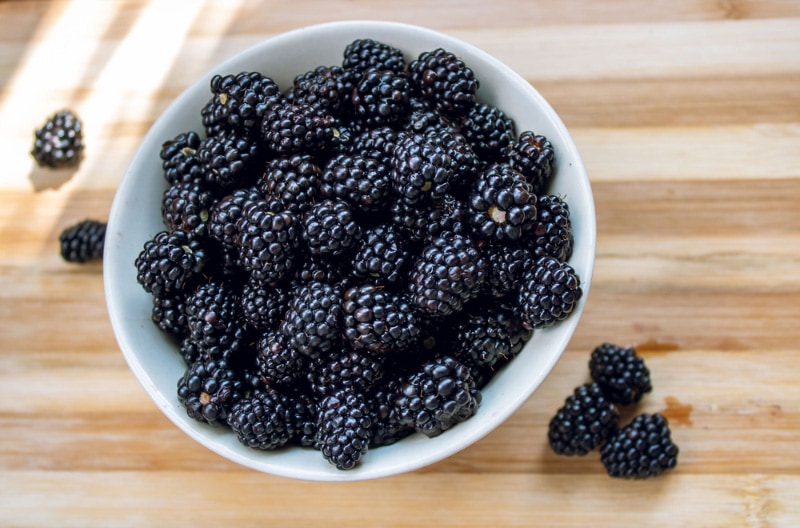Do Quaker Parrots Talk? Bird Facts & FAQ
Updated on
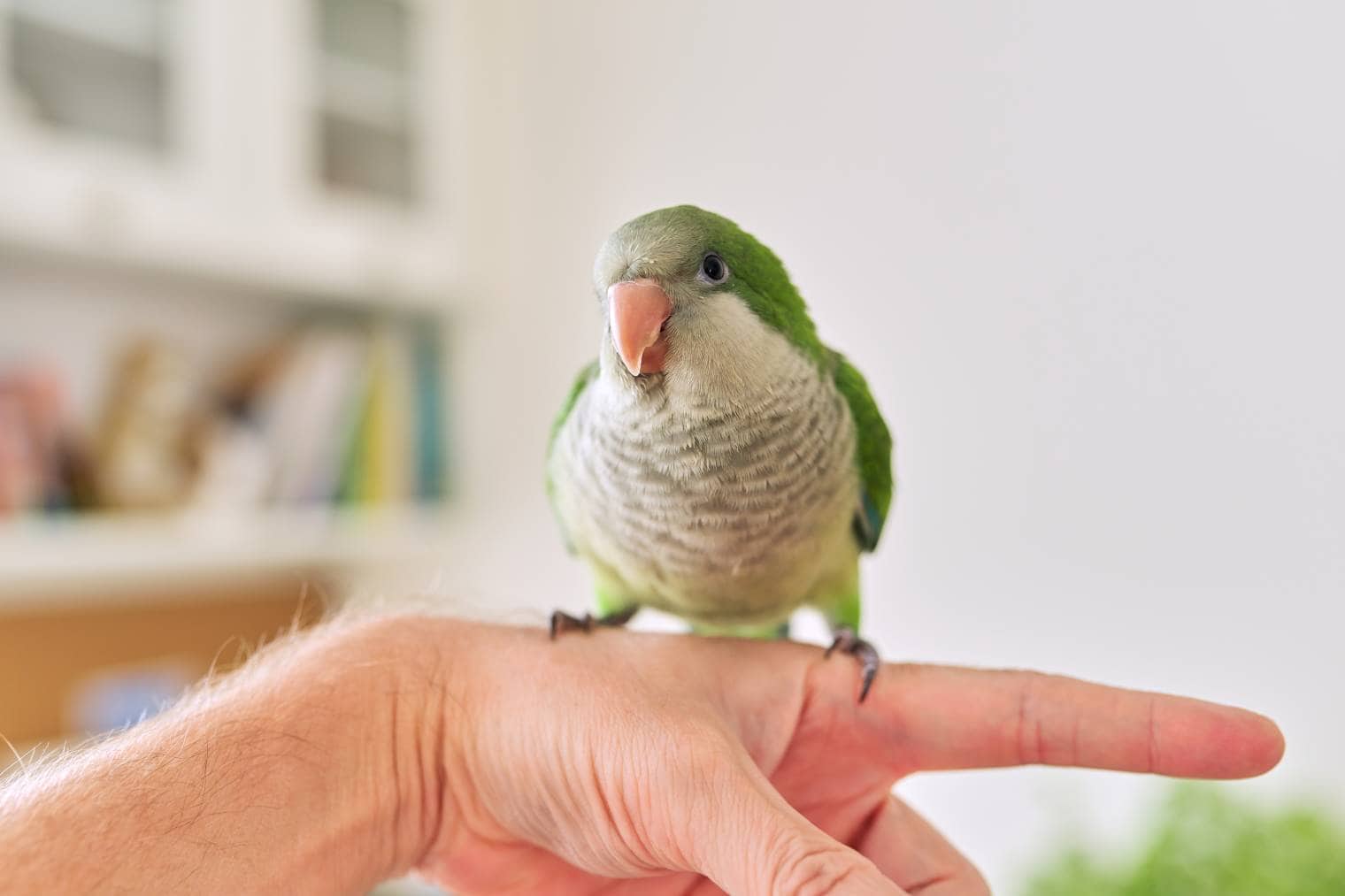
Did you know that Quaker parrots are also called monk parakeets? Ironically, this name does not suit these colorful birds at all! Don’t expect them to take a vow of silence, as these charming and gentle birds have a remarkable ability to mimic human speech! Quaker parrots can learn a wide range of sounds and words and can “speak” quite clearly, even better than larger parrot species.
So, if you’ve chosen the Quaker parrot as your next feathered companion and want to teach them to talk, keep reading! Here, we provide facts about these tiny parrots’ ability to talk, answer frequently asked questions about them, and offer tips for keeping your bird healthy, happy, and chatty!
Are All Quaker Parrots Chatterboxes?
Not necessarily. Some birds, even among the most talkative species, may never utter a word. That said, even if not all Quaker parrots are guaranteed to speak, this species still has a greater ability to learn words and imitate human speech than many other birds.

Can Quaker Parrots Develop an Extended Vocabulary?
Most Quakers can develop a vocabulary of around 50 words and can even put several words together to form “intelligible” sentences. But what’s even more interesting about these little clowns is their surprising ability to imitate different types of sounds, such as a dog barking or a microwave buzzing!
Although they don’t have the extensive vocabulary of some larger parrot species like African Greys or Cockatiels, they make up for it with their spunky and charming personality!
Here’s a brief summary of their talking skills:
- Quaker parrots can mimic human speech quite effectively. They can learn a variety of words, phrases, and sounds.
- Not all Quaker parrots are equally inclined to talk. Some may become proficient chatterboxes, while others may limit their communication to whistles and squawks.
- These tiny birds are superb imitators. They can mimic sounds from their environment, including doorbells, phones ringing, and even household noises like microwaves or laughter.
- Quaker parrots are highly gregarious birds. In their South American wild habitat, it’s common to see these green parakeets flying in huge and noisy flocks. Their vocalizations serve various functions, from communicating within the flock to alerting others to potential dangers.
Are Quaker Parrots Loud?
This varies depending on each individual, but in general, Quaker parrots are not excessively noisy. They can sometimes utter piercing screams, but not to the point of waking up the entire neighborhood. However, these parrots do tend to be noisier than budgies, though their voices are generally clearer. Also, while Quaker parrots don’t have the same exceptional vocabularies that budgies do—which hold the world record of 1,728 words—they may be easier to understand than their rambunctious, tiny counterparts.
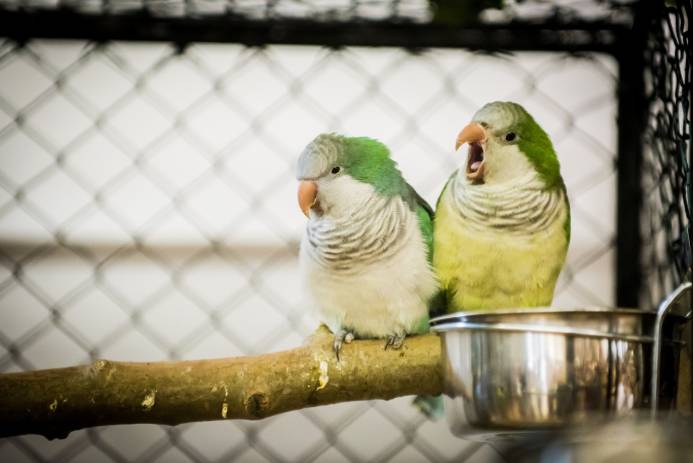
Are Quaker Parrots Good for Beginners?
Yes! These sweet and friendly birds are perfect for beginner bird parents. They are easygoing, enjoy being around humans, pick up on human speech quickly, and are generally gentle around children. However, they are not legal in every state in the U.S. (such as California, Colorado, Georgia, Hawaii, and New Jersey) and are restricted in many others. If you’re considering acquiring one of these chatty birds, be sure to check their legal status in your locality.
How to Teach Your Quaker Parrot to Talk
While there’s no guarantee that your Quaker will become a chatterbox, there are a few things that you can do to help your little bird find their voice:
- Start early. As with training puppies and kittens, the surest way to have a well-trained, talkative bird is to start lessons early. That said, while young birds are generally more receptive to learning new sounds and words, both younger and older birds will likely pick up on human conversations quite quickly.
- Choose easy and simple words. You don’t want to overwhelm your Quaker right off the bat! Start with short, easy words like “Hello,” “Bye-bye,” “Cutie,” or “Howdy.”
- Speak with a happy and positive tone. If you want your Quaker to create a positive association with the words that you’re trying to teach, don’t speak in a listless and boring voice.
- Repeat ad nauseum. All parrots learn to imitate human speech and other sounds through repetition. So, you have to repeat the words over and over again until your little buddy finally surprises you with their lovely and unique voice.
- Be patient. Despite your best efforts, some individual parrots may choose to never say a word. However, most will eventually mimic something, even if it ends up just being the doorbell.
FAQ on Quaker Parrots
How Long Does It Take for a Quaker Parrot to Start Talking?
The timeline varies from bird to bird. Some may start mimicking sounds within a few months, while others might take up to a year to utter their first words.
Are Male or Female Quakers Better Talkers?
There is no significant difference between male and female Quakers in terms of speech abilities. Both are equally likely to speak when taught through repetition, practice, and patience.

Can Quaker Parrots Understand Human Emotions?
Although they are unlikely to fully grasp the range of human emotions, Quaker parrots are nonetheless sensitive to tone of voice. They can distinguish between happy, angry, or gentle tones.
Do Quaker Parrots Ever Develop Unique Words or Phrases?
Most Quaker parrots can create their own unique sounds or blend words to form new “sentences,” but this depends on the individual, their environment, and the patience of their human parent!
Tips to Ensure That Your Chatty Quaker Parrot Thrives
Being the pet parent of a charming Quaker parrot comes with a great deal of joy but also responsibility. Follow these tips to guarantee your feathered friend a peaceful, happy, and above all, safe life!
- These parrots may be mini, but they still need a large, sturdy cage (at least 30 x 24 x 24 inches or larger) to play and stretch their wings! Additionally, make sure they can’t get out of their cage easily, as Quaker parrots are known to be real escape artists.
- Place their cage in a busy area of your home. These birds need plenty of attention, especially if they don’t have a winged companion to chatter with all day.
- Speaking of cage mates, be careful before introducing a new friend to your Quaker parrot, as this species can show aggression toward new arrivals. If you want to introduce a new Quaker into your home, first install them in a separate cage to avoid quarrels between your birds.
- Never let your Quaker parrot out of their cage unsupervised!
Wrapping Up
Quaker parrots are those chatty and playful stars that make wonderful additions to any home. These charismatic little birdies will steal your heart with their impressive ability to mimic human speech and their quirky personalities. But even if your little feathered friend never utters a human word, you shouldn’t feel offended: You’ll still get an adorable, sweet, and unique companion!
Featured Image Credit: VH-studio, Shutterstock


